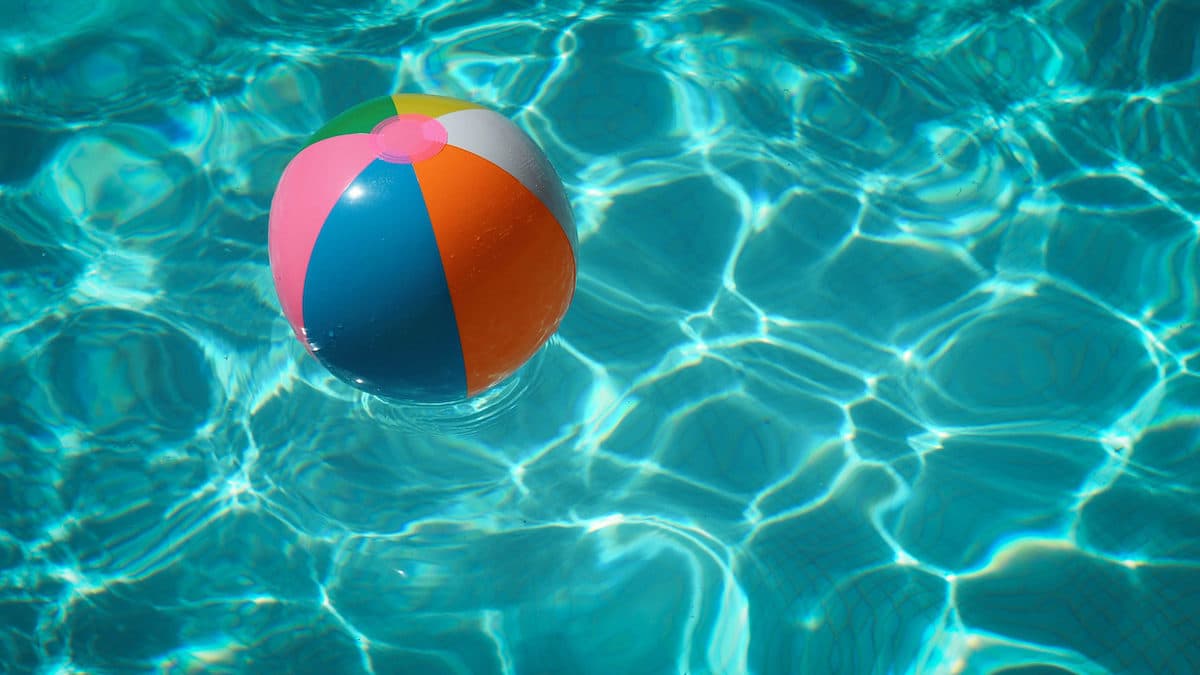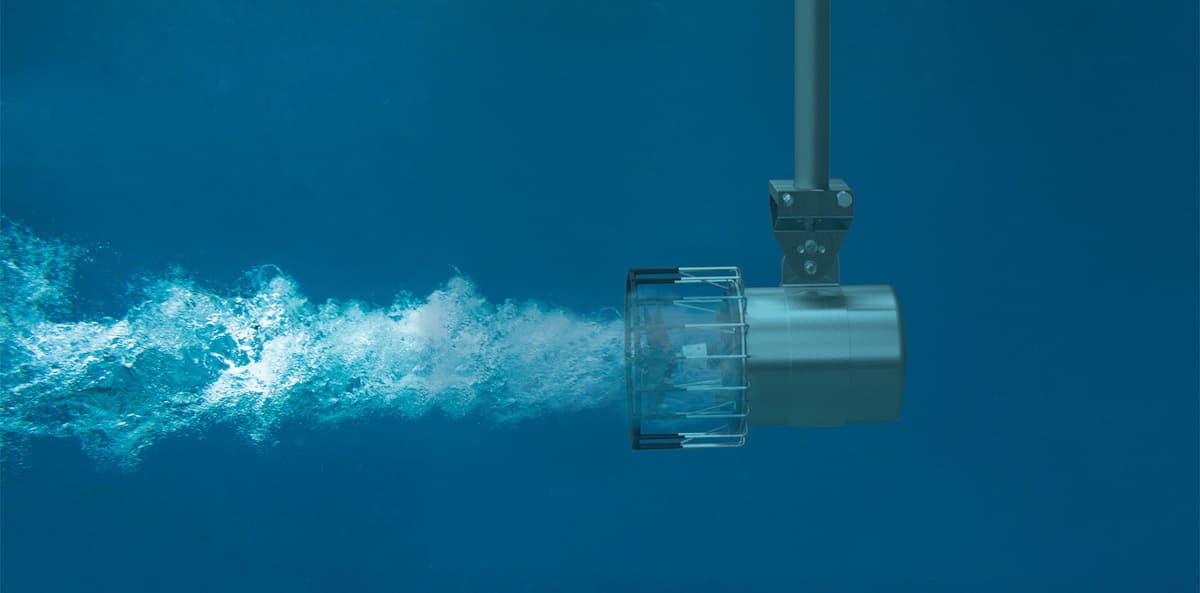Maintaining a Free Chlorine Residual in Your Distribution Systems
Written by Thom Tackman, Kasco Marine Certified Water Operator
Have you ever smelled chlorine in your reservoir and/or at the customer’s tap? Oftentimes, our first response to a taste and odor complaint is to test the water for a free chlorine residual. In this article, learn the major causes of increased chlorine residual and how to reduce it with active mixing.
Investigating the Chlorine Smell
In the mid-1970s, while operating in Illinois, I was taught to believe that a free chlorine residual in a range from 0.5 PPM to 1.0 PPM was sufficient and that keeping a free chlorine residual in that range would eliminate chlorine odor complaints from end-users. But even if the chlorine residual was met in these parameters, customer complaints would still increase starting in late May and continue through October.
In 1986, my family and I moved to Arizona, and I began working at a new 24 MGD water treatment plant in Mesa. Soon after buying a house in 1987, we installed a 12,000-gallon backyard swimming pool. We took great pride in keeping that pool clean and maintaining the recommended 2.0 PPM free residual. It seemed though, that after our family of five spent a day in the pool, the chlorine odor would suddenly appear. After this had happened several times, I spoke with the chemist at the water treatment plant and my good friend Matthew Rexing who told me that if I smelled chlorine at the pool to just add more chlorine and the odor would go away.

Matt Rexing is a water quality professional and one of the most knowledgeable chemists I have ever known. So when Matt told me how to reduce the chlorine smell from my pool, I followed suit. Sure enough, adding a tad more chlorine helped to eliminate the smell. But why did it help in the pool? And would chlorine help reduce customer “smell” complaints in the potable water industry?
To answer this question, we first need to ask what causes chlorine odor and what are the indicators. Turns out that by testing the water for both free & total residual and understanding what the results of the test are indicating, we can verify what our nose already is telling us.
How to Test for Chlorine Residual
When testing for both free and total chlorine residual, the total residual reading should always be equal or slightly greater than the free residual. Typically, when the free and total residuals readings are close, that indicates good water quality. Your test results should read somewhere between 0.5 PPM and 1.5 PPM in potable water or 1.0 PPM to 3.0 PPM in pool water.
If the difference between the total and free residual is equal to or greater than one-half of the free residual chlorine, the odor may be present even though a measurable free residual is present. For example, if the total residual reading is 1.5 PPM and the free residual is 1.0 PPM or less, the difference is 0.5 PPM or greater and the chlorine odor is most likely noticeable.
So what Causes the Differences in Free and Total Chlorine Residual Readings?
In a swimming pool, it’s the number of human bodies, suntan lotion, time spent in the water, beer that’s spilled from the floating chair, and the occasional tinkle from the kid that decides to pee in the pool. In drinking water, it’s ammonia-nitrogen compounds from the source water (or the biological activity occurring in the biofilm), iron bacteria found inside the distribution piping, and water storage tanks along with the temperature variances due to stratification. Typically as the days get longer, the ambient temperature increases in the water tank due to the direct sunlight on the reservoir structure, and this directly contributes to biological activity. Stratification also influences the water age; as the water gets older the chlorine residual decreases.

Active Mixing Reduces Chlorine Residual
In the spring of 2020, a water system manager in Indiana confirmed that installing a robust active mixer helped immensely in reducing the stratification inside of a 2.2 MG partial inground concrete potable water reservoir. The collected field data revealed that once the water temperature and chlorine residual became consistent throughout the contents of the water reservoir, the smell of chlorine odors dissipated.
Testing shows that a robust active mixer does reduce the combined residual, which reduces the differences in the free and total readings. In short, mixer off, combined residual increased resulting in chlorine odors. Mixer on, combined residual dropped resulting in a reduction of detectable chlorine odor. Stay tuned for the final release of the study coming soon.
Next time you look for a solution to improve water taste and odors, consider installing a cost-effective Kasco CertiSafe™ Mixer. Just follow your nose to the water quality experts at Kasco Marine. And your nose and your customers’ noses will thank you.

About the Author
Thom Tackman has over 40 years of industry experience in maintenance operations, water/wastewater process control, water and distribution operations, and wastewater collection system operation. He has spent time both as a certified operator in the field, but also as a college-level instructor and educator specializing in water and wastewater operator certification review, disinfection, and regulatory requirements.